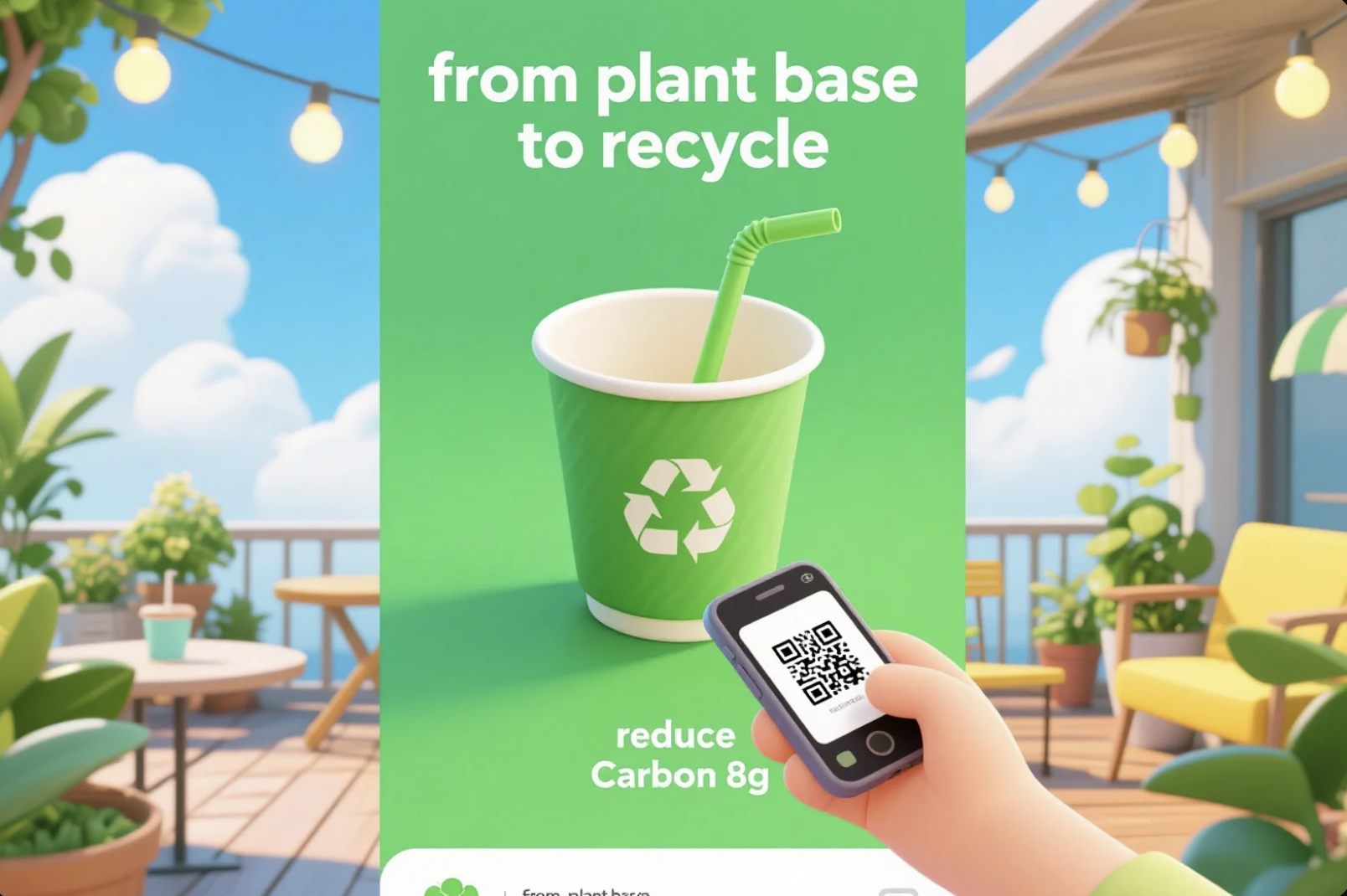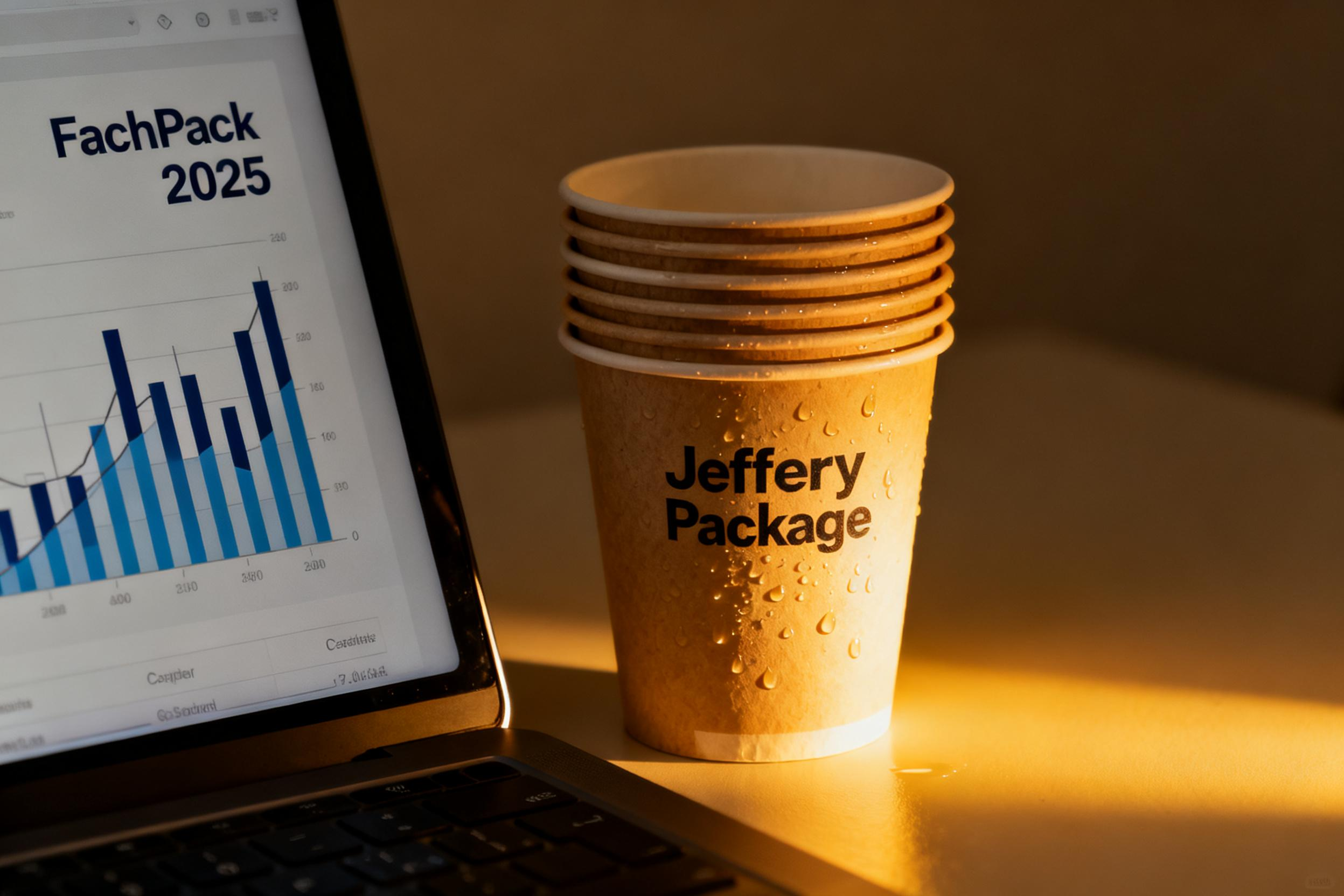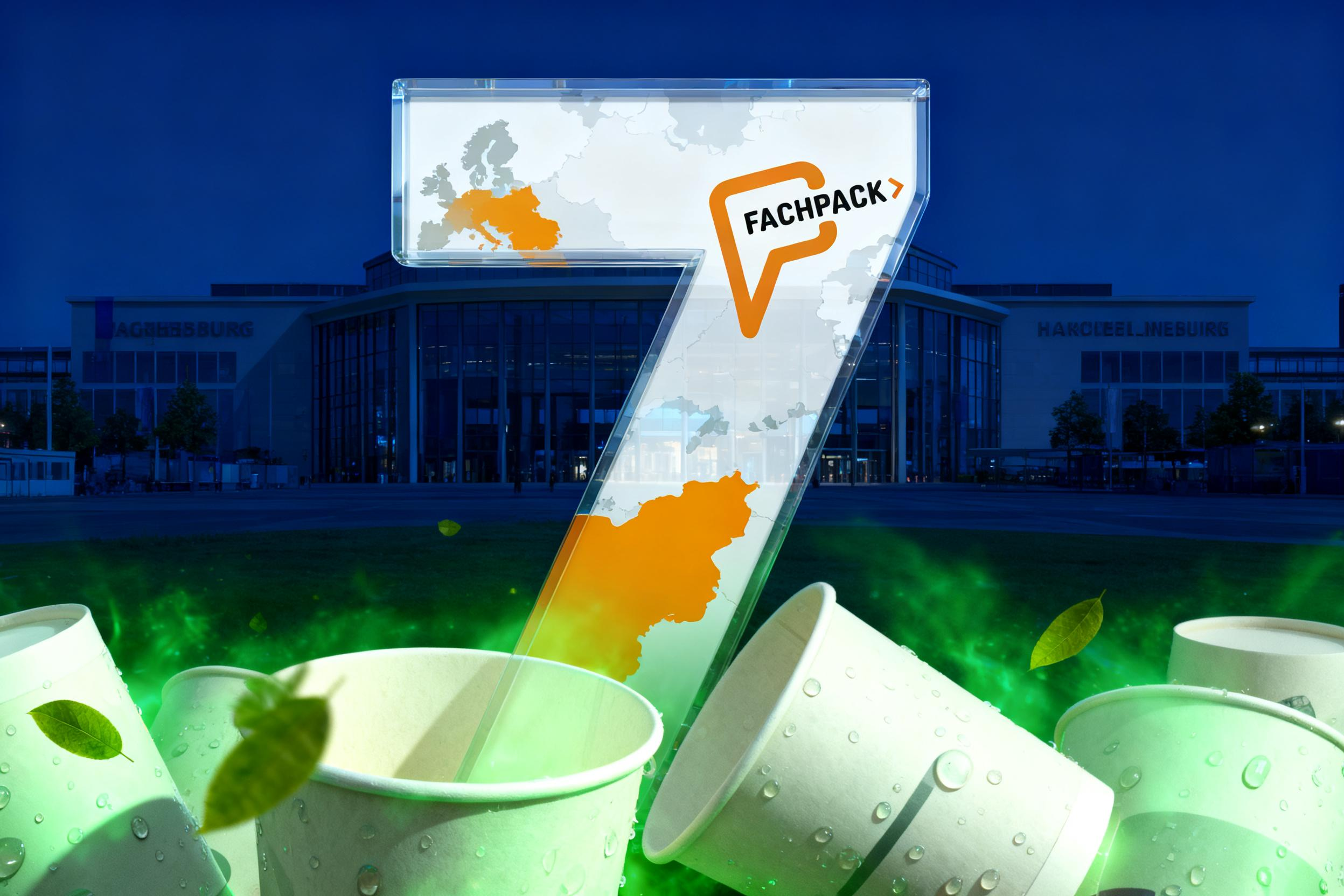Navigating the New Era: How ERP and EPR Reshape Packaging Value Chains
The packaging industry stands at a critical juncture. With the EU’s Extended Producer Responsibility (EPR) mandates tightening and digital compliance tools becoming non-negotiable, stakeholders face unprecedented operational and strategic challenges. At Jeffrey, we dissect these shifts and deliver actionable solutions to transform compliance from a cost center into competitive advantage.
1. The Regulatory Earthquake: EPR & ERP’s Dual Impact
1.1 On Producers: Cost, Complexity, and Accountability
-
EPR Compliance Burden: By 2025, France requires full registration of all packaging in waste management systems, with recycling targets rising to 65% for paper products. Non-compliance risks fines up to €300,000 and product delisting.
-
ERP-Driven Transparency: Modern ERP systems now enforce “digital product passports,” tracking materials from bamboo forests to cup shelves. This exposes inefficiencies: 30% of producers lack real-time data on recycled content ratios, increasing compliance costs by 25%.
1.2 On Consumers: The Green Premium Paradox
-
Price Sensitivity: EPR fees may raise cup prices by 8–15%, yet 72% of EU consumers reject “eco-markups” without visible sustainability proof.
-
Behavioral Shifts: QR-code traceability (e.g.,扫描查看碳足迹) boosts trust—brands with blockchain-backed sustainability claims see 40% higher repurchase rates 1.
2. Strategic Responses: Turning Compliance into Opportunity
2.1 For Producers: The Agile Compliance Playbook
-
ERP as the Nerve Center:
-
Integrate EPR cost calculators into procurement modules, automating fee forecasts and recyclate sourcing.
-
Deploy AI-driven demand sensing to align production with regional EPR thresholds, reducing overstock penalties by 30%.
-
-
Material Innovation Loop:
-
Shift to PLA/bamboo blends that degrade in 180 days (vs. 500 years for PE), cutting EPR fees by 20% while meeting EU “plastic tax” exemptions.
-
2.2 For Brands: Consumer-Centric Storytelling
-
From Compliance to Connection:
-
Scan QR codes when used (e.g., “Scan to See Your Impact”).
-
Adopt “EPR-transparent pricing”: Break down costs as “€0.02 for Planet” on receipts, increasing green acceptance by 50%.
-
3. Case Study: A Company’s Dual-Track Victory
Facing France’s 2025 EPR updates, this UK foodservice leader:
-
Deployed a ERP-EPR Synergy System:
-
Used supply-chain platform to synchronize warehouse stocks with EPR quotas, slashing overproduction waste by 35% 1.
-
Launched seed-embedded cups linked to recycling rebates—consumer participation hit 78% in 3 months.
-
-
Result: Compliance costs fell 22% while premium product sales grew 15%, proving “green efficiency” drives value.
4. The Road Ahead: 2025+ Survival Kit
-
Predictive Compliance: AI models forecasting EPR fee hikes (e.g., France 2026 fines details) to pre-empt budget shocks.
-
Circular ERP Ecosystems: Cloud platforms connecting producers, recyclers, and regulators for real-time EPR credit trading (Pilot: German Packaging Law Blockchain Platform).
-
EPR-as-a-Service: Outsourced compliance hubs handling registration, reporting, and audit defense.
Final Insight: The EPR-ERP convergence isn’t merely regulatory—it’s the gateway to resilient, consumer-trusted packaging. Producers who embed compliance into innovation will lead the green economy.
Act Now:
-
Contact us to get action guide regarding ERP regulation.





